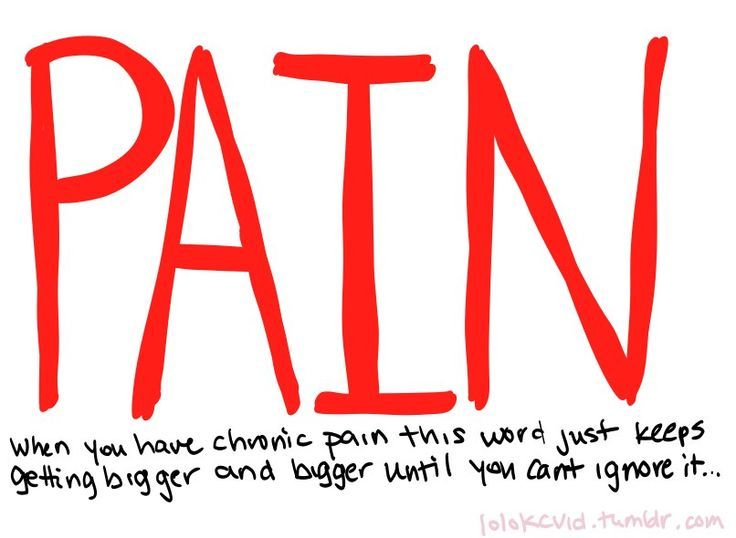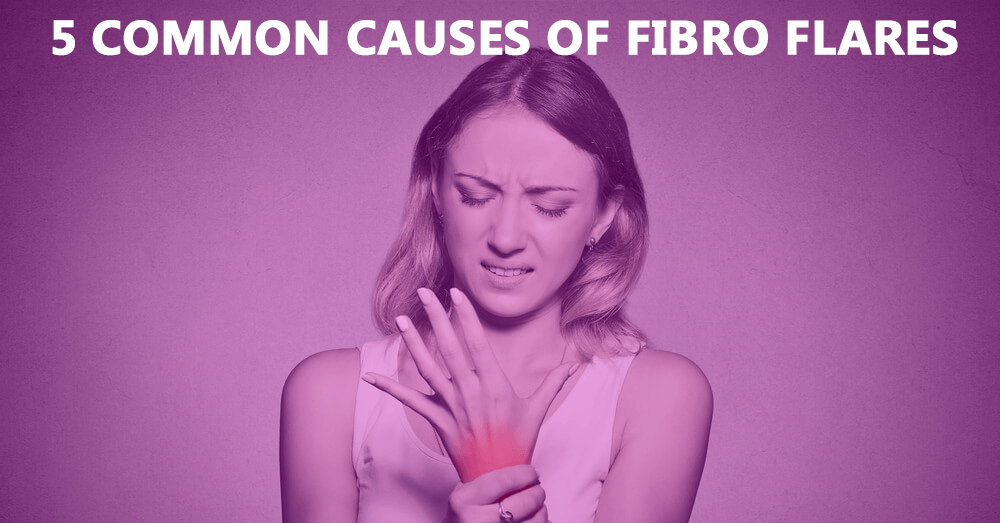A symptom that I suffer from that really worried me for the longest time was fibromyalgia chest pain. The pain is in the ribcage and chest area and can feel like a sharp poke or aching stabbing and sometimes a burning pain. If your chest pain is making it difficult to sleep, work or even breath easily, it’s important to talk to your doctor about this condition.
If you do however realize this is fibro related I can tell you one thing it does take some of the worry off your chest. The first time I had chest pains I literally felt scared to death. I thought I may have been having some form of a pre-heart attack. I started crying because my husband told me that it was probably due to blood pressure levels rising constantly and that high blood pressure could cause a heart attack which is true so you can only imagine how scared I really was.
So why was I suffering from bouts of chest pain? How could I stop it? Was I going to have to live with this my whole life now? So I did some online research…I had to know why! Here’s what I found. Costochondritis is the chest pain that is associated with Fibromyalgia Chest Pain. Costochondritis in women is common, especially in women that are between the ages of 20-40.
Costochondritis also affects those who don’t have fibro and if a result of chest trauma or exercise-related injury or strain. About 10% of the population has Costochondritis. Because our muscles are weaker we tend to strain them a lot faster so it’s more common in people with fibro to experience some form of chest pain.
Click Here to Visit the Store and find Much More….
Costochondritis affects approximately 60-70% of Fibromyalgia Chest Pain sufferers and is more common in women. It can last for days, weeks or in some cases even months before going away for lon periods of time and then returning, bouts of chest pain that come and go. The area affected is the junction between the rib bones and the chest bone, also known as the sternum.
Symptoms of Costochondritis
- sharp, stabbing pain in the front of the chest
- pain that increases with activity, exertion, or deep breathing
- pain that decreases with rest, movement, or slow breathing
- ribs that are sore to the touch
- burning pain in the ribs
- pain that radiates up the back of the neck and shoulders
- pain on the left or right side of the chest
- upper chest pains
- pain in your chest when you sneeze or cough
Fibromyalgia Chest Pain If you are experiencing Costochondritis it’s a good idea to go talk to your doctor about it to help rule out any other complication and learn ways in which you can prevent it from happening, and find fibro friendly activities that will not stress or strain your chest muscles until they are strong enough.



This is very good information thanks for posting this.I experience everything on this post including the problem with swallowing and many other things